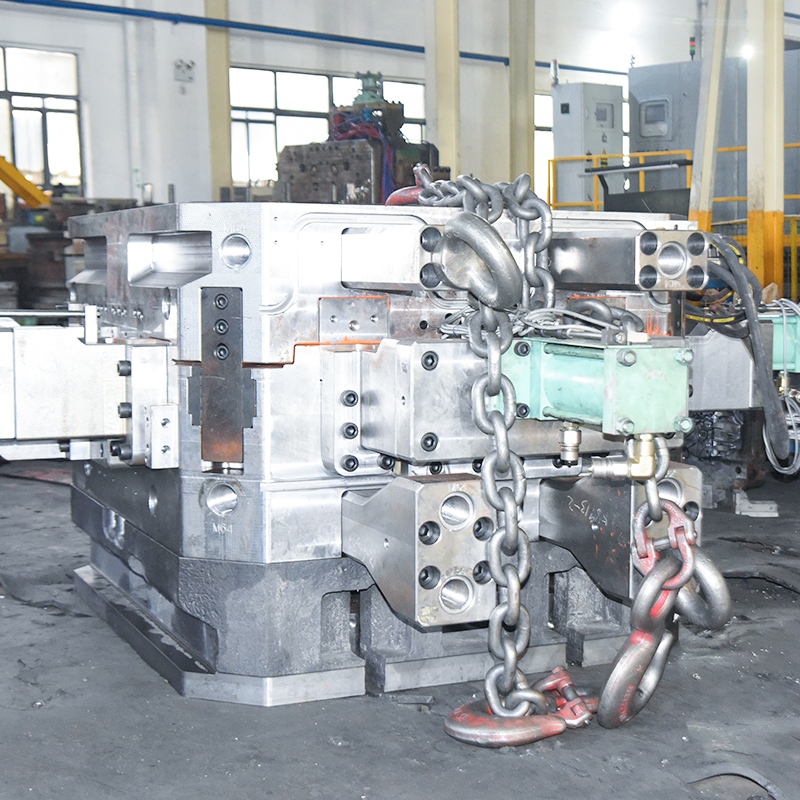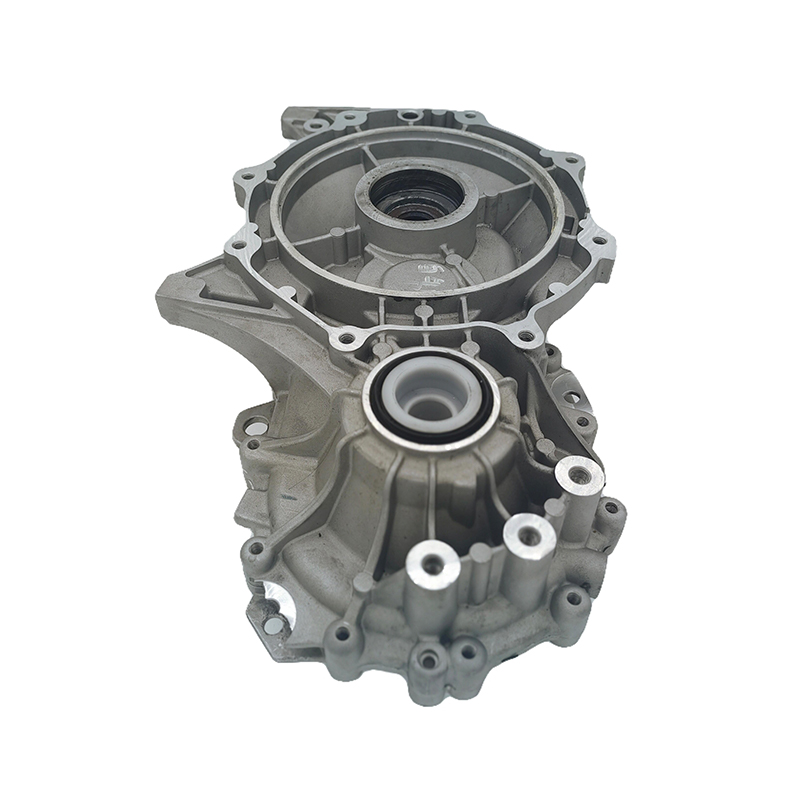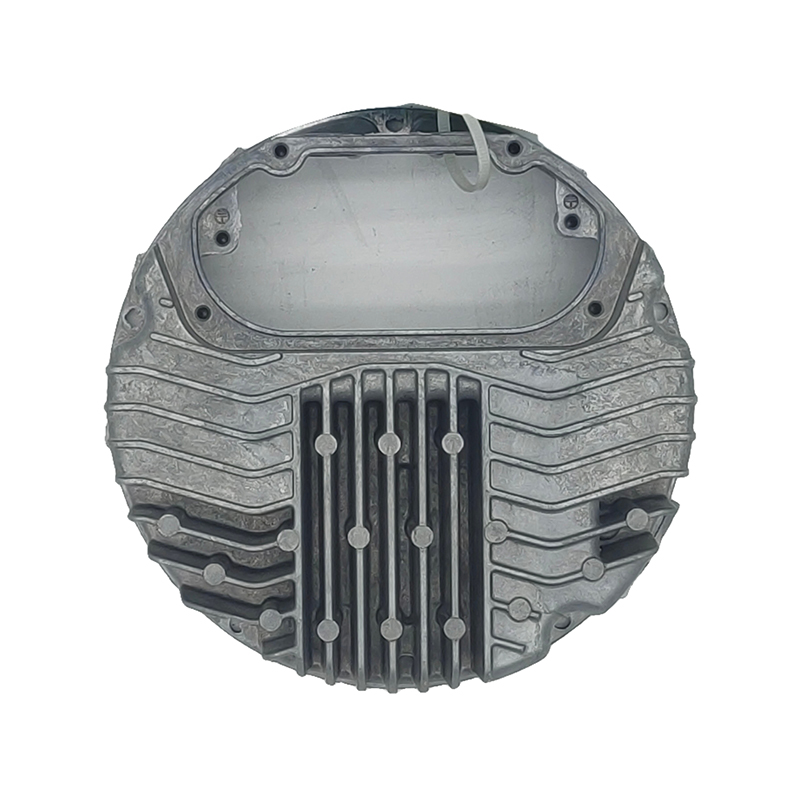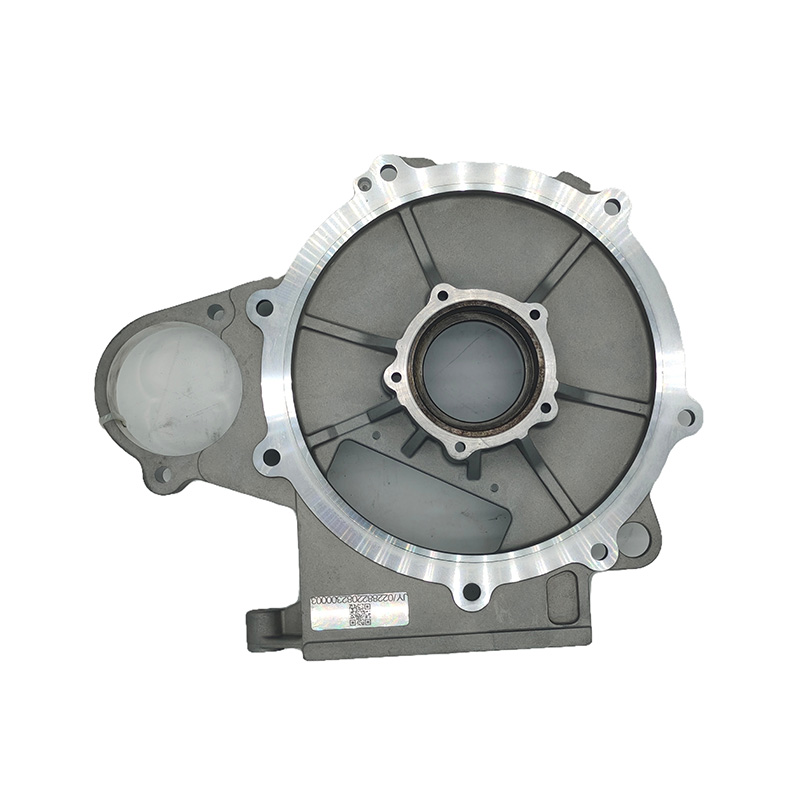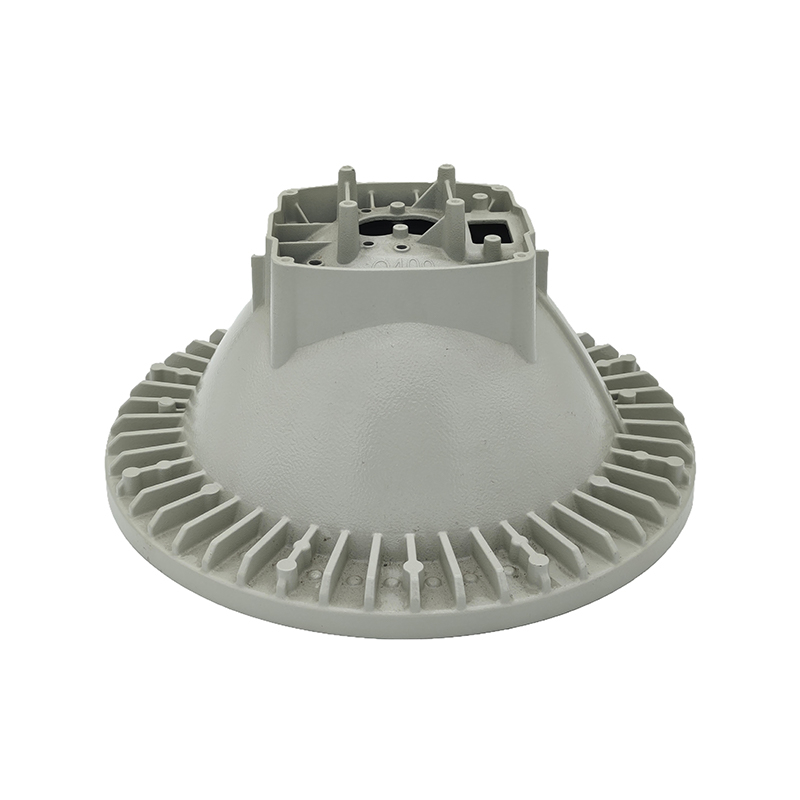1. What is Die Casting?
Definition and Process:
Die casting is a metal casting process commonly used to produce metal parts with complex shapes and high precision requirements. In this process, molten metal (such as aluminum, zinc, or magnesium alloy) is poured into a prefabricated steel mold and rapidly cooled and solidified under high pressure, forming a precise metal part. Due to its efficiency and precision, die casting is widely used in various industries, including telecommunications equipment housings.
Common Materials for Telecommunications Housings:
Aluminum Alloy: Aluminum is one of the most commonly used materials in die casting, offering an excellent strength-to-weight ratio, good corrosion resistance, and excellent thermal conductivity. Because telecommunications equipment housings need to be both lightweight and strong, aluminum alloys are the preferred material.
Zinc Alloy: Zinc is also used in cost-sensitive applications. Its excellent fluidity makes it suitable for producing complex shapes and is often used in small telecommunications equipment housings.
Magnesium Alloy: Magnesium alloys are lightweight and strong, making them suitable for telecommunications equipment that requires exceptional lightweighting.
2. Key Advantages of Die Casting for Telecommunications Housing Design
Achieving Precision and Complex Shapes:
Die casting technology can achieve complex shapes and high-precision dimensions in a single production process, allowing designers to design housings with specialized features without incurring additional costs. For example, many communications equipment housings require intricate vents, heat sinks, and reinforcing ribs, all of which can be created directly during the die casting process.
Lightweight and Strength:
Communications equipment often needs to be easy to transport and install, so housing weight is a key factor. Aluminum alloys are both lightweight and strong, and die casting offers a lightweight solution without sacrificing strength. Aluminum alloy housings provide robust protection while reducing overall weight and enhancing convenience.
Thermal Management:
Many communications equipment generates heat during operation, and excessive heat can affect normal operation. Therefore, thermal management design of the housing is crucial. Aluminum alloys have excellent thermal conductivity, effectively dissipating heat generated within the device to prevent overheating. Die casting technology allows for the design of appropriate heat dissipation structures, such as heat sinks or air ducts, into the housing to improve heat dissipation efficiency.
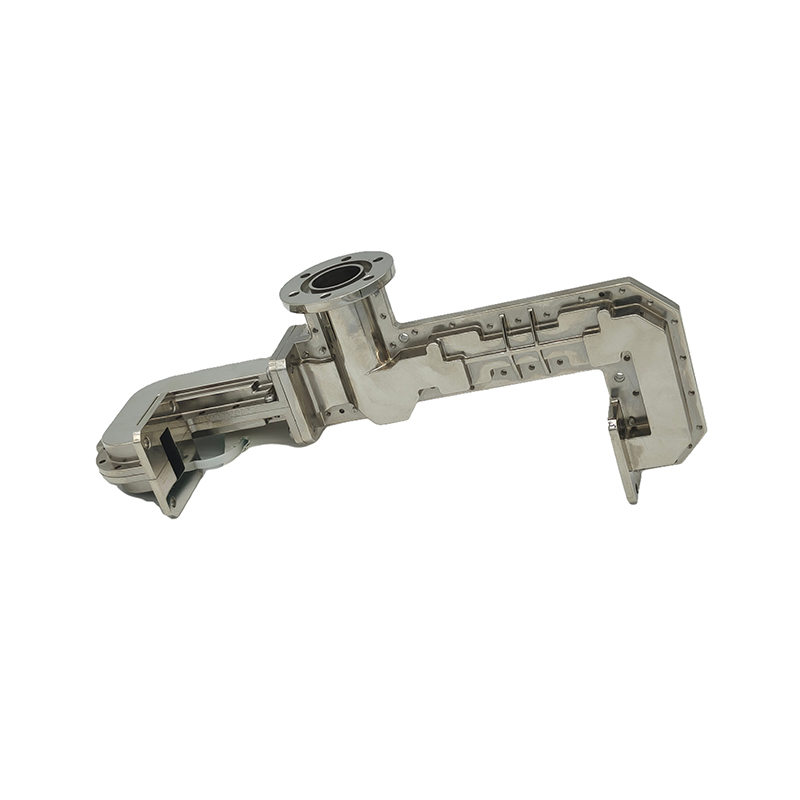
3. Improved Durability and Protection
Corrosion Resistance:
Communications equipment is often installed outdoors or in harsh industrial environments, exposed to prolonged exposure to environmental factors such as wind, sun, rain, and salt spray. Aluminum alloy and zinc alloy materials are naturally corrosion-resistant and maintain excellent oxidation resistance even in extreme climates. This corrosion resistance makes communications housings more durable and extends the lifespan of the equipment.
Shock and Vibration Resistance:
Communications equipment may be subject to mechanical shock and vibration during transportation, installation, or operation. Die-cast aluminum alloy housings provide sufficient mechanical strength to protect the electronic components within the equipment from damage. Especially in outdoor environments, such as base stations, antennas, and telecommunications equipment, housings with impact resistance are crucial to prevent equipment failures caused by external impact or vibration.
4. Improved Production Efficiency and Reduced Costs
Rapid Prototyping:
The die-casting process makes the prototyping process more efficient. When designing a new communications equipment housing, designers can quickly produce and test actual samples using die-casting. This rapid prototyping capability reduces design cycles and helps companies bring products to market faster. Efficient Mass Production:
Once the mold design is complete, die casting enables highly efficient mass production. Because die casting can produce large numbers of identical parts in a short time, it is highly advantageous for mass-produced communications equipment housings. Compared to traditional casting or injection molding methods, die casting significantly increases production speed and reduces unit costs.
5. Design Flexibility
Customized Functional Integration:
The die casting process allows designers to directly integrate complex features into the housing without requiring separate additions or machining. For example, mounting brackets, ventilation holes, and guide channels can be cast directly into the housing. This design freedom significantly reduces the number of parts required during production, improving overall product integration and assembly efficiency.
Integrated Design:
In addition to integrating functions, die casting also allows designers to directly incorporate internal structures (such as heat sinks and support brackets) into the housing. This avoids the multiple steps required to assemble the housing in traditional manufacturing methods. Through die casting, the housing design not only meets structural requirements but also enhances the overall aesthetics and compactness.
6. Sustainability Considerations
Material Recyclability:
Aluminum and other metals commonly used in die-casting are highly recyclable. Scrap from telecommunication housings can be remelted and used in the manufacture of new products, significantly reducing resource waste and environmental impact. This is crucial for modern businesses pursuing green manufacturing and reducing their carbon footprint.
Energy Efficiency:
Modern die-casting technology continues to improve process efficiency and reduce energy consumption. By improving mold design and optimizing production processes, many die-casting plants have been able to reduce energy consumption while maintaining high-quality production, further enhancing sustainability.
7. Practical Applications in Communications Technology
5G Base Stations and Antennas:
With the widespread adoption of 5G technology, communications equipment is facing demands for higher performance and smaller size. 5G base stations, antennas, routers, and other devices place higher demands on the heat dissipation and anti-interference capabilities of their housings. Die-cast aluminum alloy housings, with their high heat dissipation performance, corrosion resistance, and anti-interference properties, are an ideal choice for 5G communications equipment. Network Equipment:
From routers to network switches, die-cast enclosures provide robust physical protection for these devices, preventing dust, moisture, heat, and other external factors from affecting their performance. Furthermore, since these devices often need to maintain stability during continuous operation, the durability and heat dissipation of the enclosures are crucial.
8. Future Trends in Die-Casting Technology
Intelligent Function Integration:
With the increasing intelligence and networking capabilities of communication devices, future communication enclosures may become more than just protective housings. Die-casting technology may be integrated with sensors, cooling systems, and even RFID tags to enhance the management and monitoring capabilities of communication devices. For example, temperature sensors can be integrated into the enclosure to monitor the device's operating status in real time.
3D Printing and Customization:
In the future, die-casting technology may be combined with advanced manufacturing technologies such as 3D printing to create more personalized and customized communication enclosures. 3D printing technology can provide design inspiration for die-casting molds in the early stages and help develop more innovative features.

 English
English Español
Español Deutsch
Deutsch русский
русский